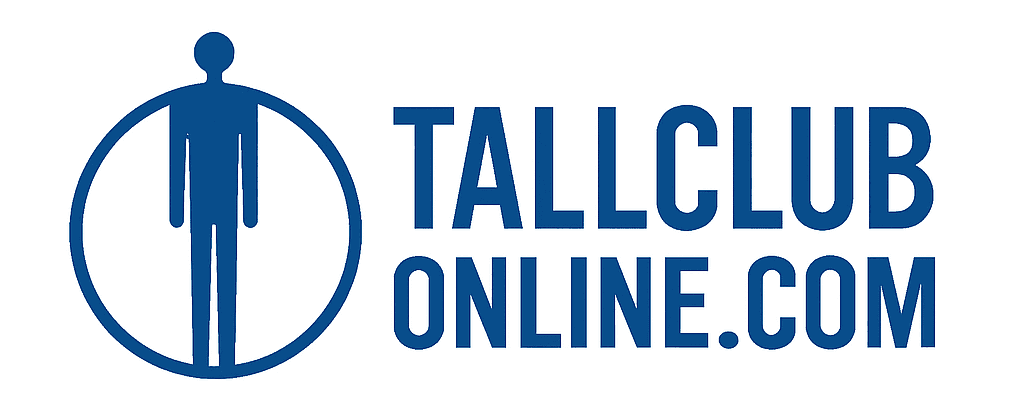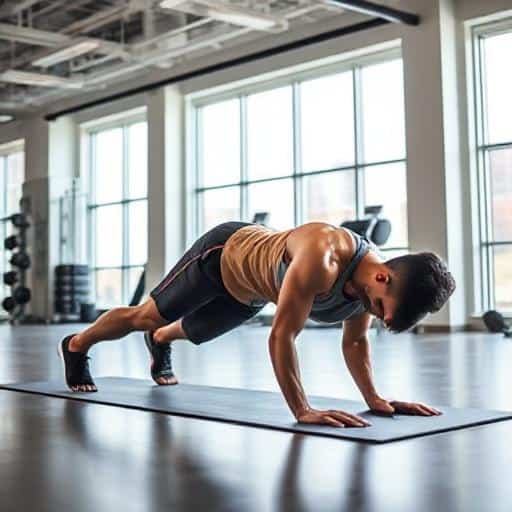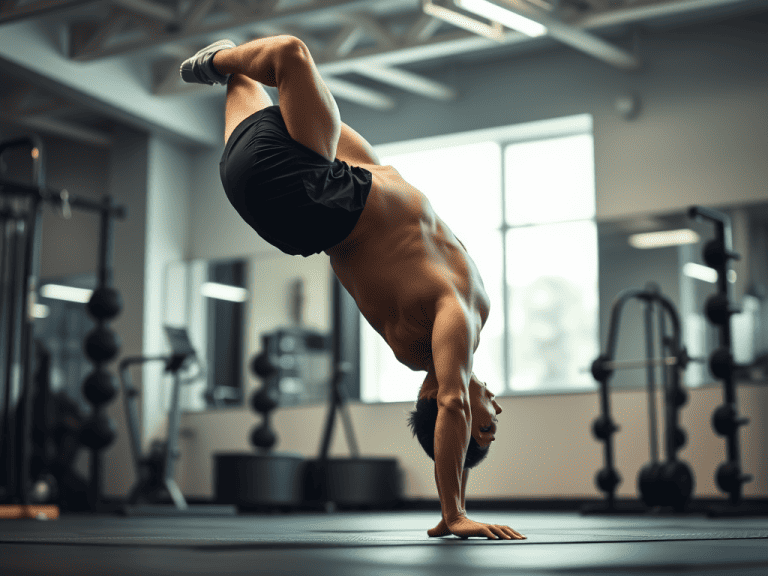Top Health and Fitness Tips for Tall People: Build Strength and Prevent Injuries
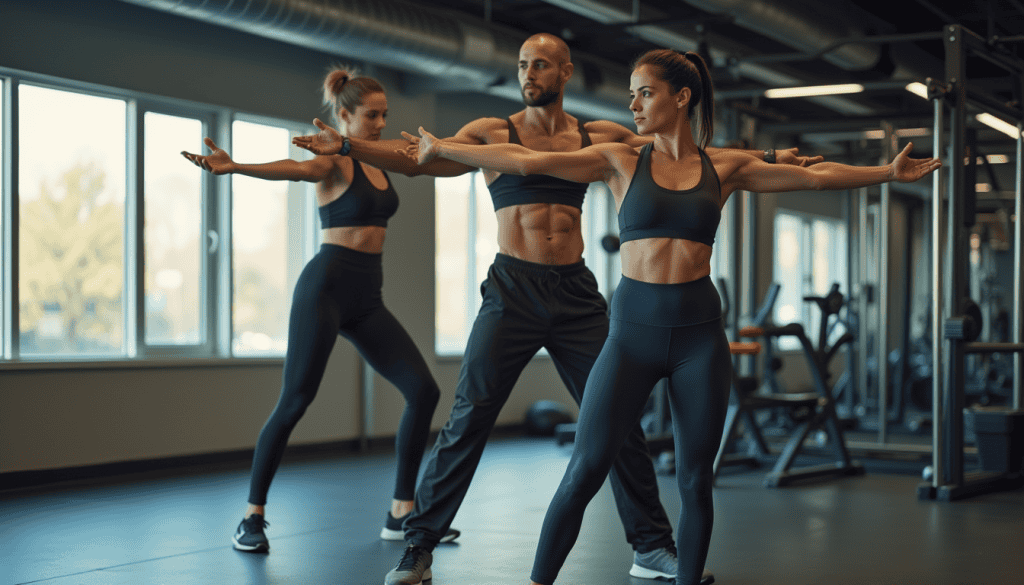
Being tall has its perks—you can reach high shelves, stand out in crowds, and enjoy a unique presence. But when it comes to health and fitness, your height can bring a few challenges, especially with movement, posture, and joint strain.
If you’ve ever felt like your long limbs just don’t fit on standard gym machines or that certain exercises leave your knees or lower back aching—you’re not alone. This guide is here to help you, as a tall individual, train smarter, stay strong, and avoid injury.
Why Height Changes the Fitness Game
Your tall frame affects how your body moves. Longer levers (arms and legs) mean more torque on your joints, especially during heavy lifting or high-impact cardio. It also means:
More pressure on knees and hips.
Greater chances of poor posture or slouching.
More strain on the lower back during exercises like squats and deadlifts.
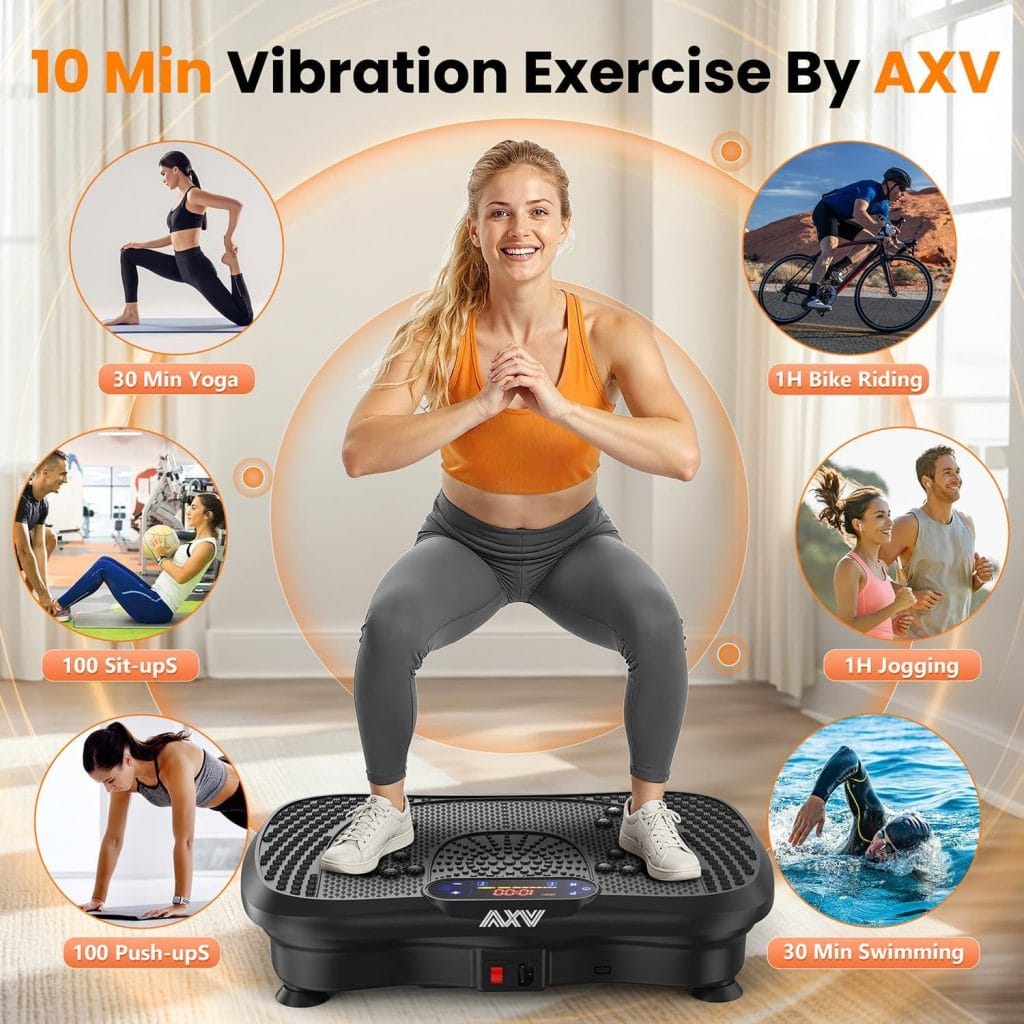
Treat Yourself – Get It from Amazon
That’s why you need a fitness approach made for tall people—and that’s exactly what you’ll get here.
Top Tips for Strong, Safe Workouts
1. Modify Your Strength Training
Big compound lifts like squats and deadlifts are excellent, but form is everything when you’re tall.
Try front squats instead of back squats to reduce back strain.
Use a trap bar for deadlifts—easier on your spine and keeps your center of gravity stable.
Incline bench press or dumbbell press is better than traditional flat bench, especially for longer arms.
> Pro Tip: Always check your form in a mirror and don’t be afraid to reduce weight to stay in control.
2. Prioritize Core Stability
With a tall frame, your balance and posture depend heavily on your core. Build core strength through:
Planks and side planks – Engage your entire midsection.
Dead bugs and bird-dogs – Activate your deep core muscles.
Pallof presses – Perfect for resisting unwanted rotation and improving stability.
3. Stretch—A Lot
Flexibility keeps you mobile and pain-free. Focus on:
Hamstrings – Long legs often mean tight hammies.
Hip flexors – Sitting a lot? These get shortened fast.
Upper back and shoulders – Avoid that forward slump.
> Stretch daily for at least 10 minutes. Your future spine will thank you!
4. Choose the Right Cardio
Not all cardio is friendly to long legs and tall frames. Here’s what works:
Swimming – Full-body, zero-impact.
Cycling – Great if your bike is adjusted to fit.
Rowing machine – Just be sure to extend fully and keep good posture.
Avoid long-distance running unless you’ve mastered form—it can be tough on knees and hips.
Nutrition: Fuel for Your Long Frame
Your metabolism might not be faster, but your energy needs could be higher. Here’s how to eat smart:
Eat enough protein – Aim for 1.6g per kg of body weight for muscle repair and growth.
Don’t fear carbs – Especially whole grains, fruits, and veggies for energy.
Healthy fats – Support your joints and hormones.
Hydration – More body mass = more fluids needed.
> Snack Tip: Trail mix, boiled eggs, and Greek yogurt are tall-body-friendly, high-protein options.
Posture and Mobility Matter More Than You Think
A slouched posture can lead to long-term pain and even impact your breathing. Combat this with:
Chest openers and back extensions.
Foam rolling your upper back and hamstrings.
Standing desks or posture reminders if you work long hours sitting.
Top Equipment Picks for Tall People
Tall bodies often need tall solutions:
Adjustable benches and squat racks.
Extra-long yoga mats.
Rowers or ellipticals with adjustable stride length.
Investing in equipment that fits you reduces injury risk and makes workouts more enjoyable.
Key Takeaways
Here’s what you need to remember:
Adapt workouts for your height—don’t copy shorter lifters.
Core is king—stability helps everything else.
Stretch daily to stay pain-free and flexible.
Fuel your body with protein, water, and the right carbs.
Choose cardio wisely—protect those joints!
Use tall-friendly gear to train safely and effectively.
FAQs
Q: Are tall people more prone to injury when working out?
A: Yes, especially if they use poor form or equipment not suited to their height. But the right adjustments can reduce this risk dramatically.
Q: Is yoga good for tall people?
A: Absolutely! Just modify poses to account for your limb length and flexibility level.
Q: Should tall people do more core work than others?
A: Not necessarily more, but it should definitely be a focus. A strong core supports your entire structure.
Your height is a strength—not a weakness. With the right approach to training, stretching, and fueling your body, you can enjoy all the benefits of fitness without the aches and pains. Use these tips to turn your workouts into powerful tools for strength, balance, and lifelong health.
You’ve got the height. Now build the strength to match it.

